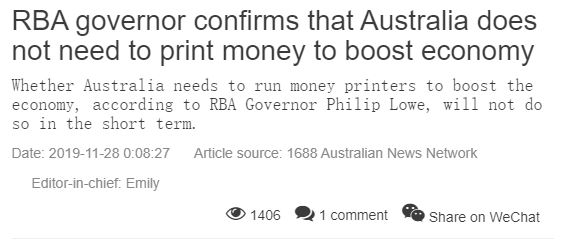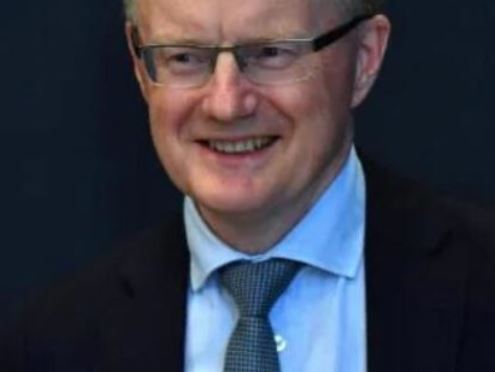

Whether Australia needs to run a money printing machine to boost the economy, according to RBA Governor Philip Lowe, it will not do so in the short term. Dr Lowe said Australia had not fallen to the point where money printing was needed to stimulate the economy. He discussed so-called quantitative easing at a business dinner on November 27, a controversial way to stimulate the economy by reducing borrowing costs by effectively injecting more money into the financial system. In order to stimulate the economy, the Reserve Bank of Australia has cut interest rates three times and cut it by half, from 1.5% to 0.75%. Economists generally expect that in the coming months, the Reserve Bank of Australia will cut interest rates again to 0.5%.
Ten years ago, after the outbreak of the global financial crisis, major economies, including the United States and the United Kingdom, launched such banknote printing programs. Analysts have warned that as cash rates approach zero and interest rate cuts are ineffective, the Reserve Bank of Australia may have to resort to printing money and other unconventional stimulus measures. Dr Lowe also stated on the evening of November 26 that negative interest rates are highly unlikely in Australia.
Negative interest rate means savings. Depositing money into a bank is actually a loss. It is worth pointing out that negative policy rates are basically a common phenomenon in Europe. Dr Lowey said that Australia’s financial markets are functioning normally and our financial institutions are able to obtain funds on reasonable terms.

